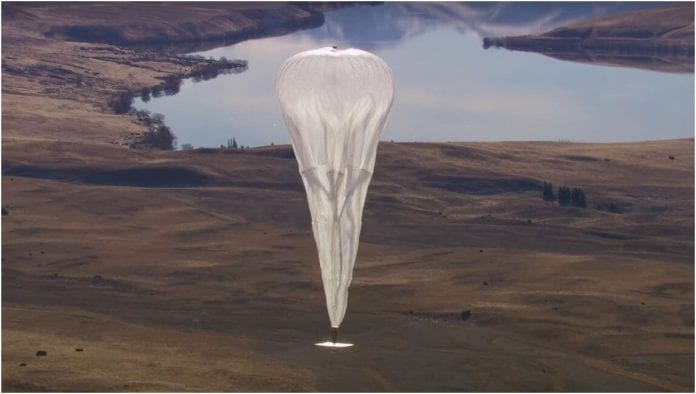Google Inc (NASDAQ:GOOG) (NASDAQ:GOOGL) Project Loon is a dream to provide internet access in areas that are deprived of it and the first step has been taken by the company by launching the high-flying Wi-Fi balloons in remote Brazil. InCampo Maior in rural Brazil, where even Mobile wireless signals are so scantily available in the town that people have to roam around and at times even climb up the trees in search of it, Google successfully tested its project.
“This test flight marked a few significant ‘firsts’ for Project Loon,” Google wrote about its work in Campo Maior on its Project Loon Google+ page.
Making internet available at Campo Maior
A few weeks ago, internet access was made available for the first time ever at the local school at Campo Maior, which was directly beamed into the classrooms. New infrastructure or fiber-optic cables were not behind the web-access made available immediately rather this was made possible with the help of one of high-elevation Wi-Fi balloons from Google.
Project Loon balloons were announced by Google Inc (NASDAQ:GOOG) (NASDAQ:GOOGL) officially in June last year with the goal of making internet access available at every nook and corner of the Earth. In the passage of one year a lot of kinks have been ironed out, balloon strength has been amped up, and field-testing has been extended to places like Campo Maior by the project.
Learning with experience
Launching the balloons near the equator has helped the company learn techniques that can help overcome more dramatic temperature profiles, dripping humidity and scorpions. The LTE technology was tested by the company for the first time and it hopes that this would enable them to provide an Internet signal directly to mobile phones. This in turn will help bring internet access to more places as more options will be opened.
Vast amounts of wind data has been collected by Google Inc (NASDAQ:GOOG) (NASDAQ:GOOGL) over the past year. This will help the company refine its prediction models for generating a better forecast of Project Loon flight trajectories. For the purpose of increasing their efficiency, the balloon air pumps have been enhanced by the company after which changing altitudes and jumping onto faster air currents or avoid adverse winds will become efficient.
“The balloons are delivering 10x more bandwidth, 10x steer-ability, and are staying up 10x as long,” Google X Astro Teller told Wired. “That’s the kind of progress that can only happen a few more times until we’re in a problematically good place.”









